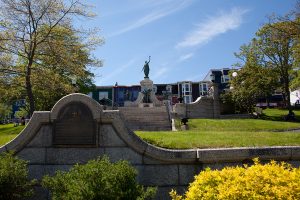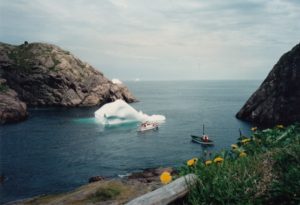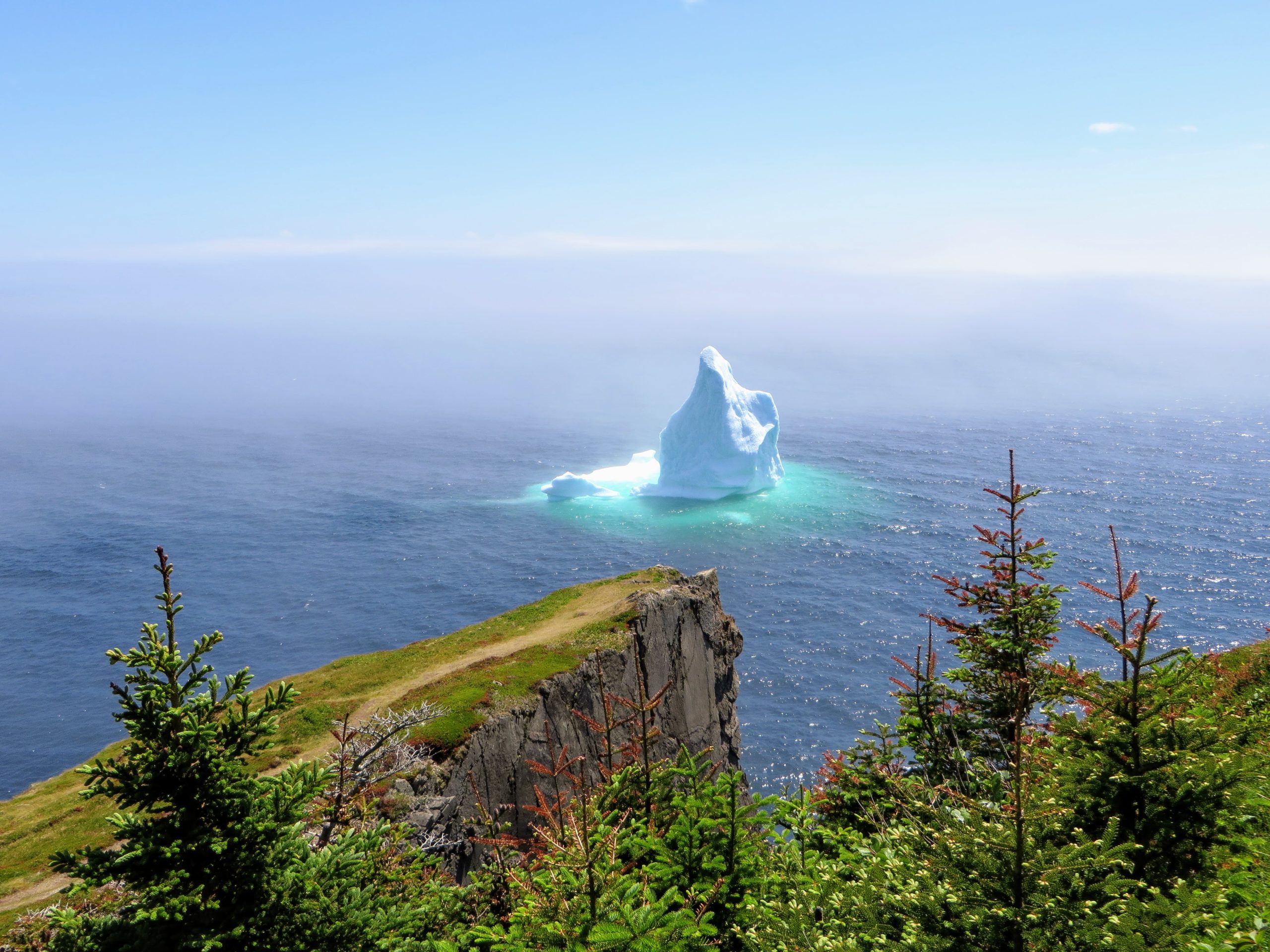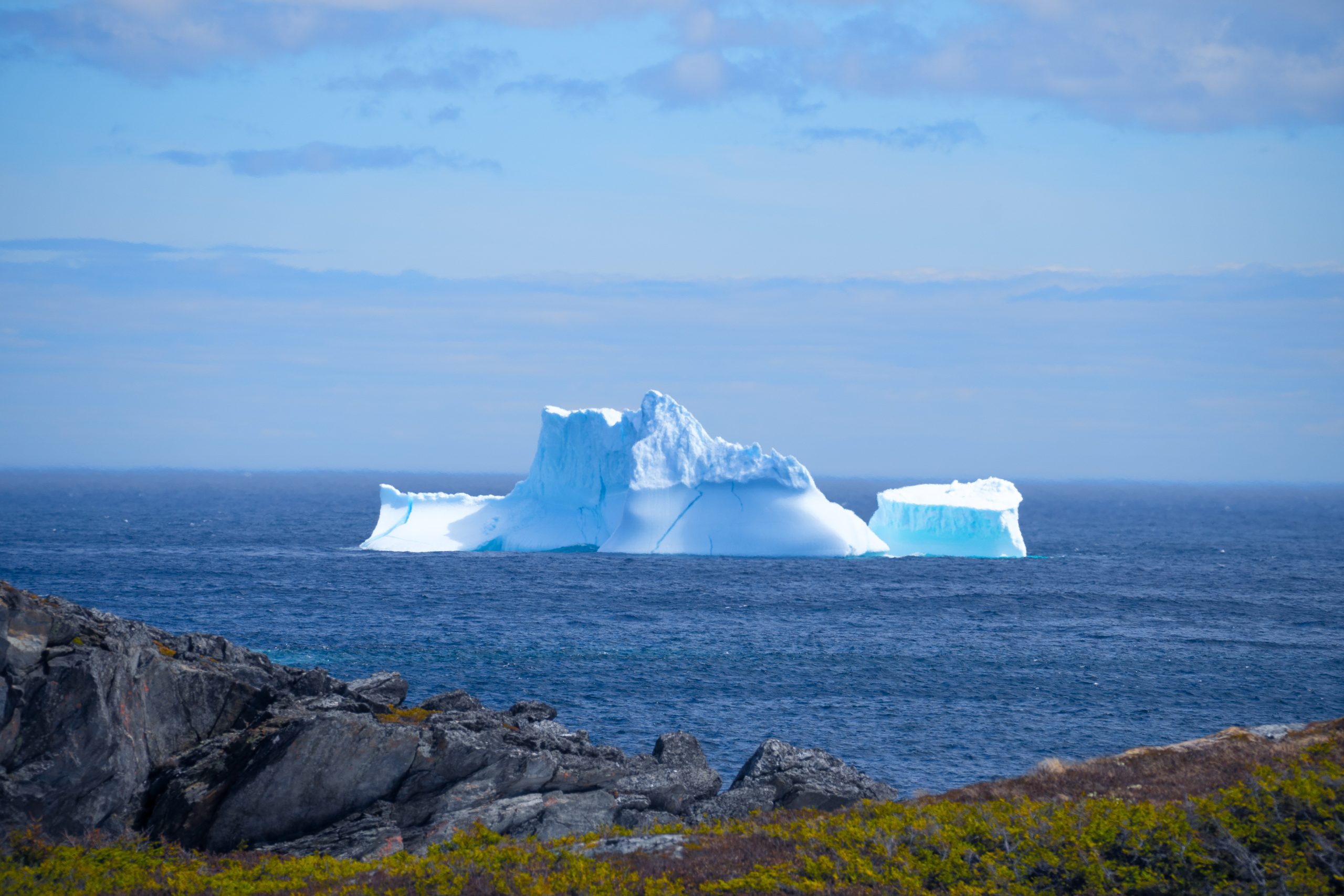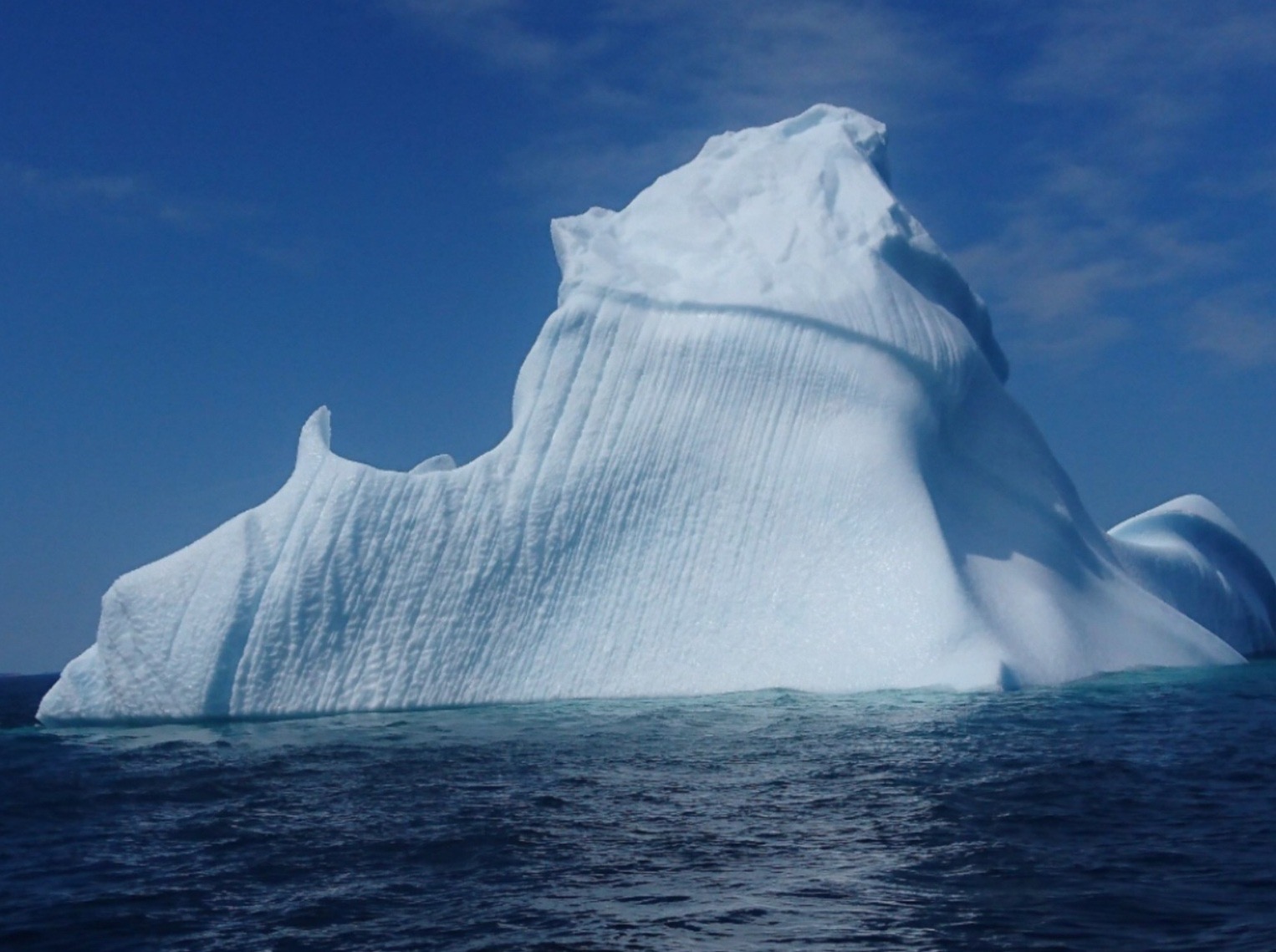On July 15, we remember with gratitude our revered Newfoundland Mercy foundress, Sister M. Francis Creedon. For thirteen years under the most difficult and demanding circumstances she led the Mercy community in St. John’s.
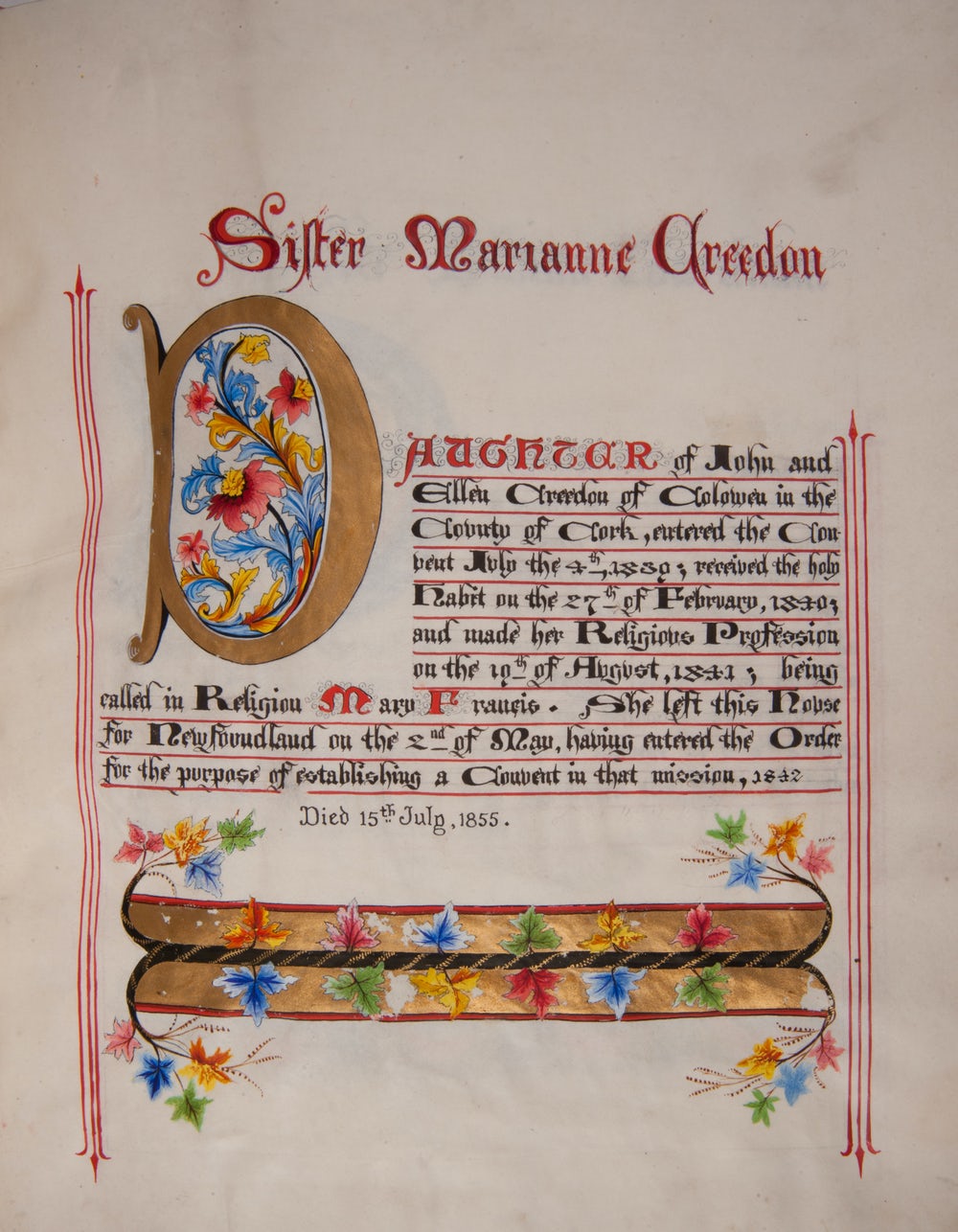 She and her few companions ministered in the school she had opened in 1843 and cared for the sick in their homes and at St. John’s Hospital, even during the most virulent epidemics that occurred so frequently in St. John’s in those days. Just a year before her death she opened Immaculate Conception Orphanage at Mercy Convent to care for children orphaned by these epidemics.
She and her few companions ministered in the school she had opened in 1843 and cared for the sick in their homes and at St. John’s Hospital, even during the most virulent epidemics that occurred so frequently in St. John’s in those days. Just a year before her death she opened Immaculate Conception Orphanage at Mercy Convent to care for children orphaned by these epidemics.
By the Spring of 1855 the many responsibilities and demands of the small community, the school, the orphanage and visitation of the sick began to take a toll on Sister M. Francis’ health. But ever the steadfast woman, she went to the home of a dying person, bringing comfort and care less than two weeks before her death.
Sister M. Francis died on July 15, 1855. She was 44 years old and had lived as a Sister of Mercy in Newfoundland for thirteen years. A notation in Bishop Mullock’s diary reads thus:
Mrs. Creedon, Superioress of the Convent of Mercy died this
morning, a victim of overwork for the poor and sick
Sister M. Francis left behind a small community of four sisters, the oldest being 27 years of age and one of them a novice. Francis’ spirit lived on in the fledgling community and their Mercy ministry continued to bring hope and compassion to all around them.
El 15 de julio recordamos con gratitud a nuestra venerada fundadora de la Misericordia de Terranova, la Hermana M. Francis Creedon. Durante trece años, en las circunstancias más difíciles y exigentes, dirigió la comunidad de la Misericordia en San Juan.
 Ella y sus pocas compañeras ejercieron su ministerio en la escuela que había abierto en 1843 y atendieron a los enfermos en sus casas y en el Hospital de San Juan, incluso durante las epidemias más virulentas que se daban con tanta frecuencia en San Juan en aquellos días. Justo un año antes de su muerte abrió el Orfanato de la Inmaculada Concepción en el Convento de la Misericordia para atender a los niños huérfanos a causa de estas epidemias.
Ella y sus pocas compañeras ejercieron su ministerio en la escuela que había abierto en 1843 y atendieron a los enfermos en sus casas y en el Hospital de San Juan, incluso durante las epidemias más virulentas que se daban con tanta frecuencia en San Juan en aquellos días. Justo un año antes de su muerte abrió el Orfanato de la Inmaculada Concepción en el Convento de la Misericordia para atender a los niños huérfanos a causa de estas epidemias.
En la primavera de 1855, las muchas responsabilidades y exigencias de la pequeña comunidad, la escuela, el orfanato y las visitas a los enfermos empezaron a hacer mella en la salud de la hermana M. Francis. Sin embargo, como mujer inquebrantable que era, acudió al hogar de un moribundo, llevándole consuelo y cuidados menos de dos semanas antes de su muerte.
La hermana M. Francis murió el 15 de julio de 1855. Tenía 44 años y había vivido como Hermana de la Misericordia en Terranova durante trece años. Una anotación en el diario del Obispo Mullock dice así:
La Sra. Creedon, Superiora del Convento de la Misericordia murió esta mañana.
víctima del exceso de trabajo con los pobres y los enfermos.
La hermana M. Francis dejó tras de sí una pequeña comunidad de cuatro hermanas, la mayor de 27 años y una de ellas novicia. El espíritu de Francisco pervivió en la incipiente comunidad y su ministerio de la Misericordia siguió llevando esperanza y compasión a todos los que les rodeaban.


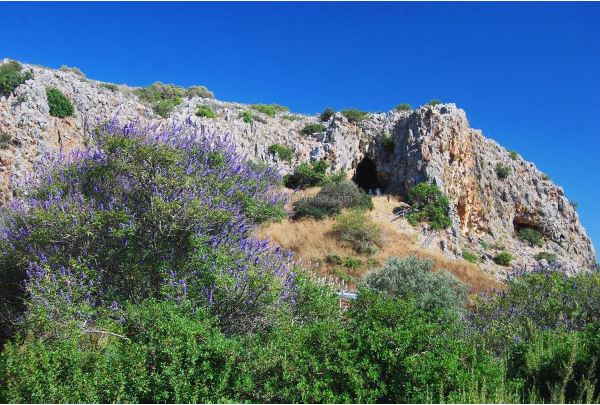





 This year’s campaign slogan is “Small steps, big difference”. Every action we take to reducing plastic waste, big or small,is part of the solution to ending plastic pollution.
This year’s campaign slogan is “Small steps, big difference”. Every action we take to reducing plastic waste, big or small,is part of the solution to ending plastic pollution.






